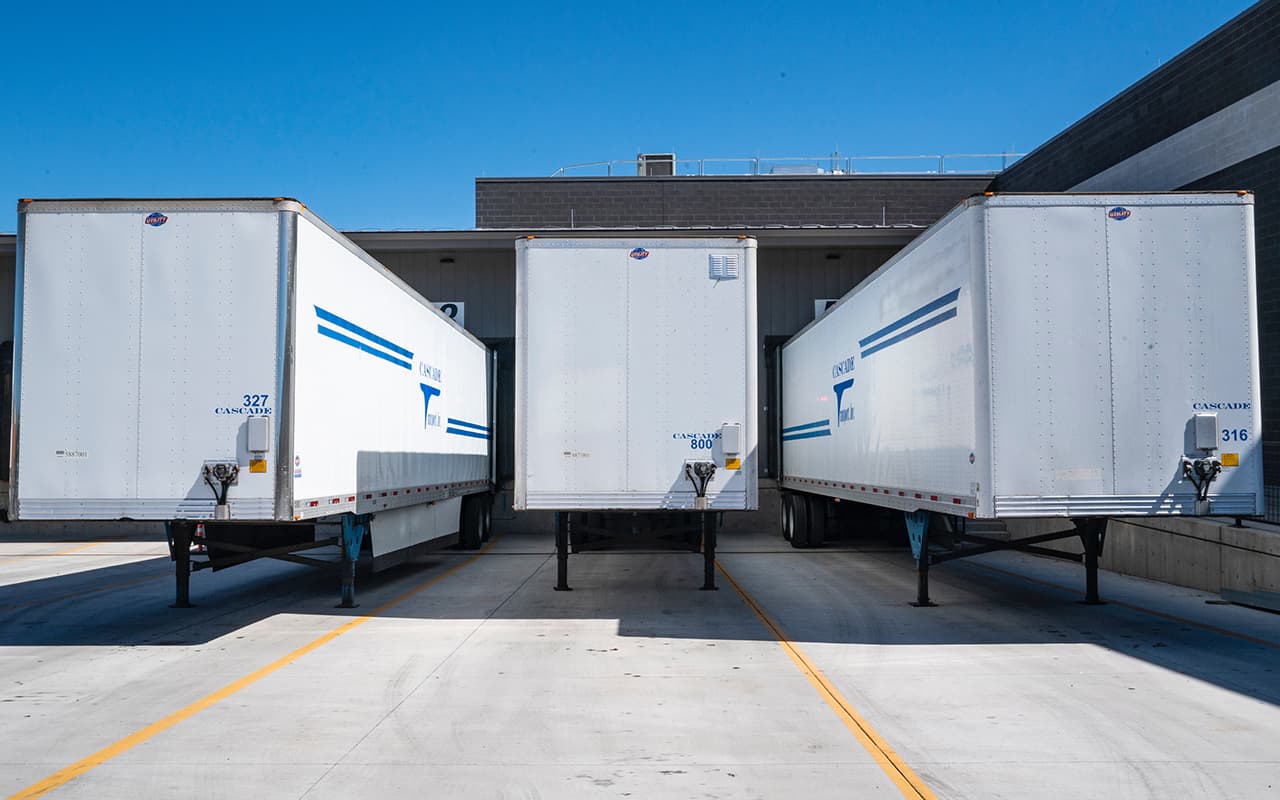Supply chain is a system of processes that determines the formation of information, material and financial flows from suppliers to final consumers. It consists of many links – chain objects.
A flexible and efficient supply chain today is one of the most important competitive advantages of a company in any industry and on any market. Supply chains are closely related to production, marketing, sales, finance and other departments of companies.
Today, supply chain management activities have become as important in promoting products as marketing. Attracting customers with a well-built marketing campaign, it is impossible to increase the market share of a product without effectively built supply chain processes.
Supply chain management is a systematic approach to the organization of processes included in the chain in order to reduce risks and achieve measurable economic effects – reducing operating costs and improving the level of service.
The main processes included in supply chain management are: forecasting, planning, procurement of raw materials, production, warehousing, delivery, price management for logistics services and product distribution.
Forecasting is the process of forming forecasts, the result of which is expressed in quantitative or other form and is an assessment of the possible level of demand for the product or the state of the object of each element of the chain for the future period of time.
Planning is the process of making plans to manage supply chain resources based on business objectives and forecasts.
Raw material procurement is the process of supplying a company with raw materials and supplies that are used to manufacture products, package or promote them.
Inventory management is the process of providing the inventory required for a company’s operations while achieving a certain balance between inventory maintenance costs and service levels.
Warehousing is a process that consists of a set of actions that meet all the necessary requirements and regulations related to the characteristics of the product being handled: receiving, assembling and storing its stock.
Delivery is the process of physically moving a product from one point to another, for example, moving raw materials from a supplier’s warehouse to a manufacturer’s warehouse to maintain the necessary stock in the supply chain.
Logistics services price management is a process that has a significant impact on the pricing of the final product and its competitiveness. It consists in continuous analysis and control of the situation on the logistics services market and competitive offers, building long-term partnerships. The price in the logistics services market can change for various reasons: regular seasonal fluctuations in cargo flows, legal regulation, rising fuel and electricity prices, shortages due to wear and tear of the rolling stock fleet, rising costs of equipment and vehicles, rising real estate rental prices, and others.
The processes included in supply chain management (SCM) are conventionally divided into Primary distribution and Secondary transportation.
Primary distribution includes the purchase of raw materials, semi-finished or finished products and their delivery to the places of production, assembly or storage.
Secondary distribution of commodity flows – organization of delivery of the finished product from the warehouse to retail stores or directly to the end customers.
